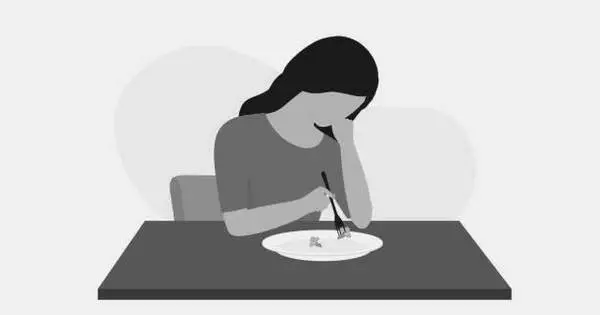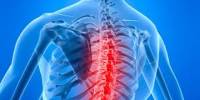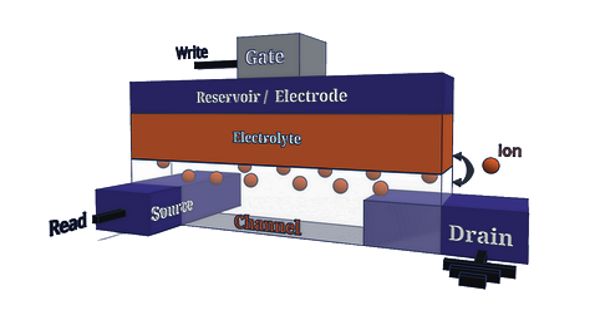Eating disorders are a group of psychological conditions that lead to the development of unhealthy eating habits. They may begin with a fixation on food, body weight, or body shape. If left untreated, eating disorders can have serious health consequences and even result in death in severe cases. In fact, eating disorders are among the most lethal mental illnesses, coming in second only to opioid overdose.
People suffering from eating disorders may exhibit a variety of symptoms. Common symptoms include severe food restriction, food binges, and purging behaviors such as vomiting or excessive exercise. An eating disorder is a mental illness characterized by abnormal eating behaviors that have a negative impact on a person’s physical or mental health. At any given time, only one eating disorder can be diagnosed.
Types of eating disorders include binge eating disorder, where the patient eats a large amount in a short period of time; anorexia nervosa, where the person has an intense fear of gaining weight and restricts food or overexercises to manage this fear; bulimia nervosa, where individuals eat a large quantity (binging) then try to rid themselves of the food (purging); pica, where the patient eats non-food items; rumination syndrome, where the patient regurgitates undigested or minimally digested food; avoidant/restrictive food intake disorder (ARFID), where people have a reduced or selective food intake due to some psychological reasons; and a group of other specified feeding or eating disorders. Anxiety disorders, depression and substance abuse are common among people with eating disorders. These disorders do not include obesity.

The causes of eating disorders are unknown, though both biological and environmental factors appear to play a role. The cultural idealization of thinness is thought to contribute to some eating disorders. Individuals who have experienced sexual abuse are also more likely to develop eating disorders. Some disorders, such as pica and rumination disorder, are more common in people with intellectual disabilities.
Many eating disorders can be successfully treated. Treatment varies by disorder and may include counseling, dietary advice, reducing excessive exercise, and reducing efforts to eliminate food. Medications may be used to alleviate some of the associated symptoms. In more severe cases, hospitalization may be required.
Within five years, approximately 70% of people with anorexia and 50% of people with bulimia recover. Only 10% of people with eating disorders receive treatment, and of those who do, approximately 80% do not receive adequate care. Many are sent home weeks before their recommended stay and are not given the necessary treatment. Recovery from binge eating disorder is less certain, with estimates ranging from 20% to 60%. Anorexia and bulimia both raise the risk of death.
Estimates of the prevalence of eating disorders vary greatly, reflecting differences in gender, age, and culture, as well as diagnostic and measurement methods. Anorexia affects about 0.4 percent of young women in the developed world each year, while bulimia affects about 1.3 percent. Binge eating disorder affects about 1.6% of women and 0.8% of men in a given year.
According to one study, up to 4% of women will develop anorexia at some point in their lives, while bulimia and binge eating disorders may account for up to 2%. Less developed countries appear to have lower rates of eating disorders. Females are nearly ten times more likely than males to suffer from anorexia and bulimia. Eating disorders typically appear in late childhood to early adulthood. The prevalence of other eating disorders is unknown.
Eating disorders are psychological conditions characterized by severe and persistent disruption in eating behaviors as well as distressing thoughts and emotions. They can be severe conditions that impair physical, psychological, and social function. Types of eating disorders include anorexia nervosa, bulimia nervosa, binge eating disorder, avoidant restrictive food intake disorder, other specified feeding and eating disorder, pica and rumination disorder.
















